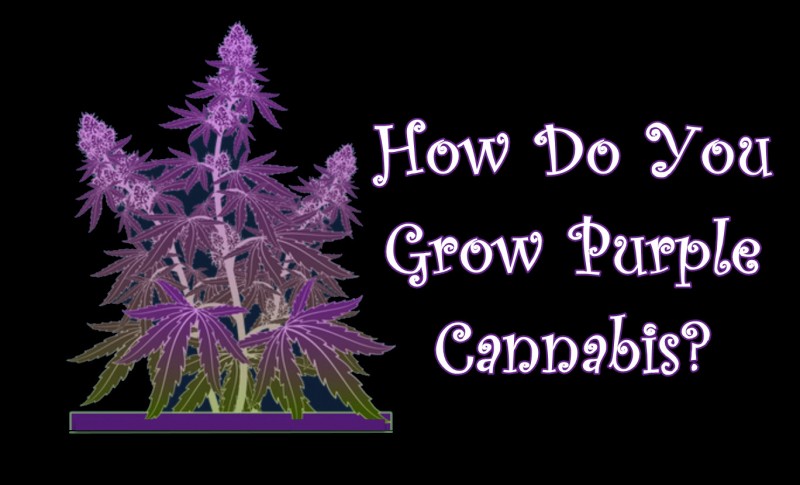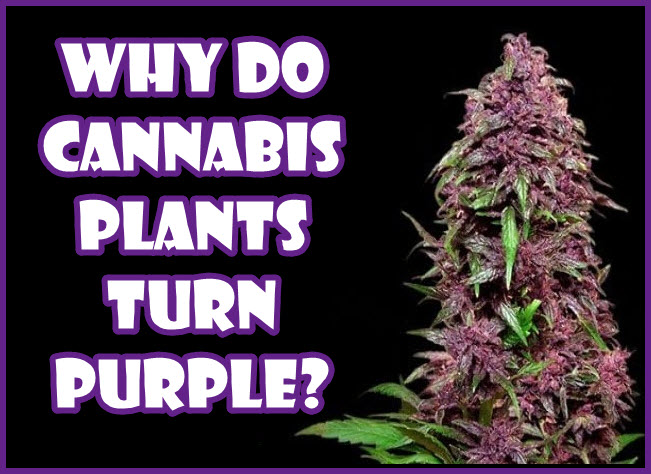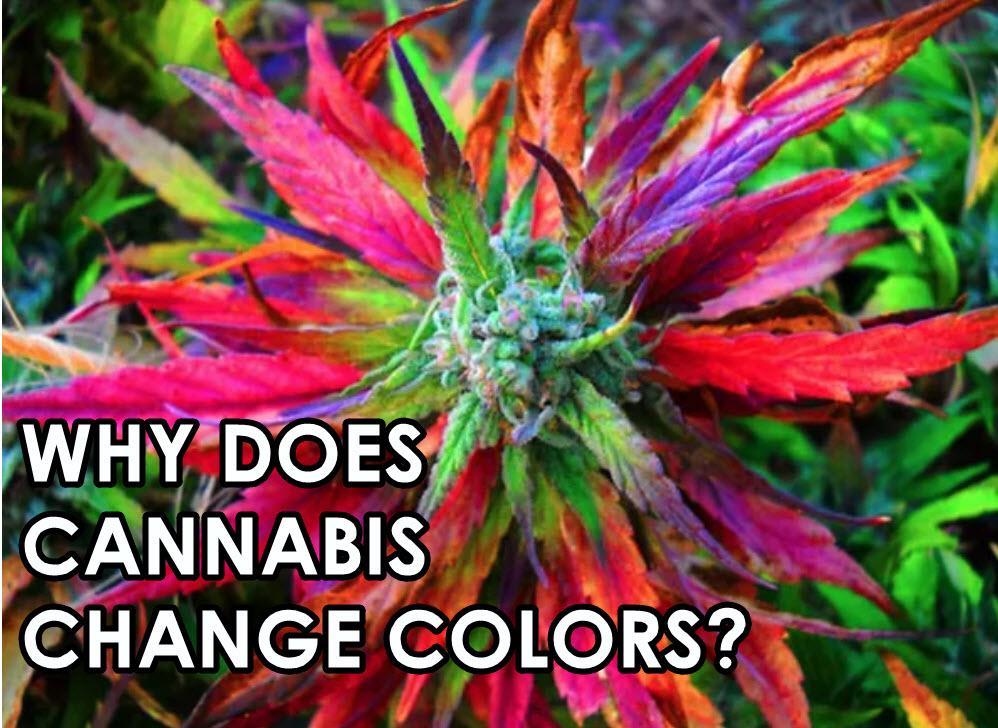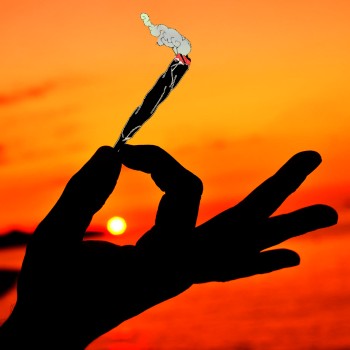How to Grow Purple Cannabis

One of the recent questions running around the minds of growers is what exactly must be done in order to grow purple cannabis. To some, this feat is somewhat unachievable as there is little adequate knowledge of the correct way or steps to take in order to achieve the elusive purple cannabis. The growing of purple cannabis requires a well thought of plan specifically aimed at achieving not just the right color of weed but also the standard quality and quantity.
When it comes to purple cannabis, it is important to have a well-defined understanding of the truth. What makes the plant purple? Knowing the right answer to this vital question plays a significant role in a grower's ability to better understand how to grow purple cannabis. However, due to the abundance of false information littered all over the internet, a lot of new and potential growers find it difficult to know what to believe. Several outlets lead growers astray with their unsubstantiated methods of growing purple cannabis, methods that only end up costing growers their valuable time and money. In this article, I'll talk extensively on the requirements needed to successfully grow purple cannabis, what to do and what to avoid. A good understanding of what makes the color of the weed purple will help the grower know the parts of the plant that are expected to be purple, a perfect knowledge of this will equip the grower on the right steps to take and those not to embark on if the goal is to grow purple cannabis.
Purple cannabis demystified
Before diving straight into the nitty-gritty of growing purple cannabis I'll take a quick detour to answer the question that has probably been lingering in your minds 'what is purple cannabis, what gives it the purple color and most importantly what parts of the plant exhibit this coloration'. The main reason behind the coloration of all plants is the presence of pigments. These pigments are naturally occurring in plants and they serve other functions asides the impartation of color. Chlorophyll is one of such pigments, it doesn't just give plant their green color it's also a major player in photosynthesis, a process that ensures the manufacture of food. While chlorophyll is the culprit behind green coloration, anthocyanins are the primary pigment responsible for the purple coloration in cannabis. The amount of anthocyanins present in a plant determines the particular shade of color it exhibits. A high concentration of anthocyanin pigment in a plant will give a bright color like blue, red or purple ( how deep the purple color is depends on how acidic the concentration is). Anthocyanins absorb all wavelengths from the sun visible to the eye except those of the indigo-violet spectrum and reflect violet light hence making it purple. The parts of the cannabis plant that shows purple color are the pistils, calyxes, leaves, and trichomes. A lot of weed lovers globally associate purple cannabis with increased levels of potency and activity. Although this claim hasn't been fully validated by experts it's very plausible. A lot of compounds play a role in the potency and activity of cannabis, so the abundance of pigments, terpenes, and flavonoids in purple cannabis will definitely have a significant impact on its potency.
How to grow purple cannabis
The successful cultivation of purple cannabis is contingent on two vital factors, genetics, and temperature. When the right genetically enabled strains are used, growing a good collection of purple cannabis is relatively simple. Genetics play a very important role in the eventual outcome of the plant as they control the ratio of the pigments (main color determiner) in the plants. Strains already engineered for this purpose tend to have more bright imparting anthocyanins, a feature that ensures that generations derived from them will also grow in the same trend.
The second cogent factor that plays a significant role in the growth of purple cannabis asides genetics is temperature. Temperature is a vital parameter that must be adequately controlled if the final color of the cannabis plant is to be as desired. Extensive studies show that the flowering stage of cultivation is the stage where temperature variations have the most effect.
Once the plants show characteristics of maturation, the application of temperature is imputed. In order to arrive at a purple coloration, the mature plants are to be exposed to different temperatures between night and day. Lower temperatures encourage the production of anthocyanins which are responsible for the purple coloration. And as a result of this higher temperature (37-30°C) that tend to stimulate chlorophyll production is reduced to a minimum. Lower temperatures ranging from 10-30°C are often utilized with the aim of arriving at a purple-colored sprout with respect to the increased production of anthocyanins.
These two scientifically-backed manipulations are the best and most effective ways to go about growing purple cannabis but because of the limited availability of correct information, a lot of growers engage in futile techniques and methods with the aim of growing purple cannabis. A couple of the underhanded techniques misinformed growers employ include:
- The removal of oxygen or carbon dioxide gas. Depriving the cannabis plant of oxygen and carbon dioxide is one of the supposed ways to grow purple cannabis. Claims made regarding this technique are bogus as there has been no shred of proof that shows the impact of this in the determination of the eventual color of a cannabis plant.
- Bombardment with Nitrogen gas - This is another method being circulated as a means to grow purple cannabis. Bombarding a cannabis plant with nitrogen gas doesn't increase the levels of anthocyanins with respect to chlorophyll, the single most important reason for purple cannabis coloration, so it's unreasonable to expect tangible results from this.
- Use of coloring agents - Some growers make use of coloring agents to change the coloration of cannabis. Sadly, coloring only masks, what you get via the use of coloring agents is entirely different from a genetically derived color.
Bottom line
If your goal is to grow purple cannabis, then genetics and temperature variations hold the key to your success. If systematically done, it gives a very high assurance of cultivating a distinct, aesthetically appealing purple colored cannabis plant.
PURPLE HAZE, GRAND DADDY PURPLE, READ THESE...
WHY DO CANNABIS PLANTS TURN PURPLE, AGAIN?







